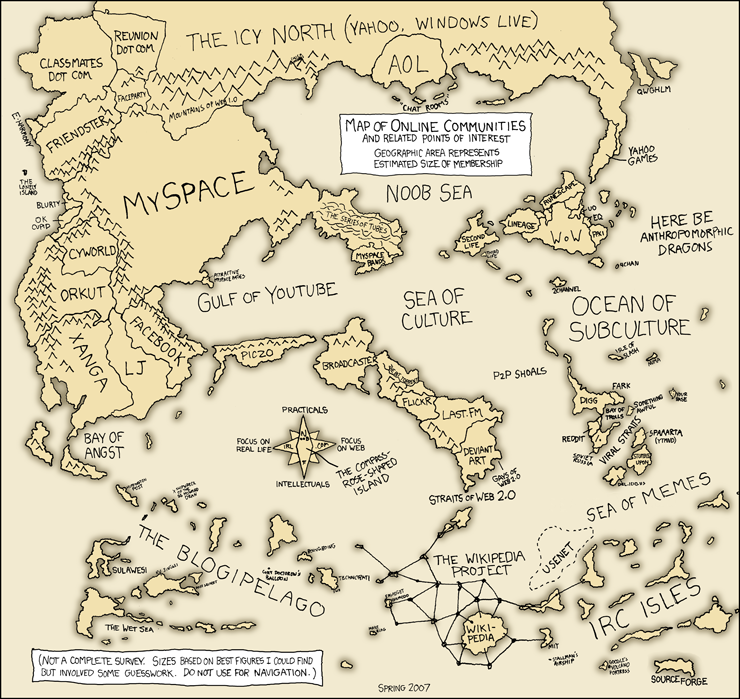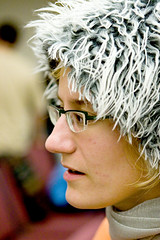I’ve been hearing quite a bit of discussion lately about how our relationships and the concept of “friends” are evolving as more people spend increasing amounts of time interacting with social networks like Twitter and Facebook.
In a post on the New York Times today, Alex Wright claims that
THE growing popularity of social networking sites like Facebook, MySpace and Second Life has thrust many of us into a new world where we make “friends” with people we barely know, scrawl messages on each other’s walls and project our identities using totem-like visual symbols.
…
The more time we spend “talking” online, the less time we spend, well, talking. And as we stretch the definition of a friend to encompass people we may never actually meet, will the strength of our real-world friendships grow diluted as we immerse ourselves in a lattice of hyperlinked “friends”?
Still, the sheer popularity of social networking seems to suggest that for many, these environments strike a deep, perhaps even primal chord. “They fulfill our need to be recognized as human beings, and as members of a community,” Dr. Strate says. “We all want to be told: You exist.”
(Quote from Alex Wright in the New York Times)
This implication that online interactions are somehow wrong and less valuable than face to face interactions bothers me a bit. Maybe my use of social networks is less typical due to my relatively frequent travel to conferences, but I find that I can keep in touch with people who I may only see a few times a year through these networks. It isn’t unusual for me to spend a significant amount of time with a few people during the week of a conference and then not see them for another 6 months until we run into each other at some other conference. Through Twitter and Facebook, we can keep in touch and continue to learn and keep up with each others’ current projects (work and personal). This helps us pick back up where we left off, but with insight into what each of us has been doing over the past 6 months.
I limit my Twitter feed (which is private) to people that I personally know, which allows me to Twitter more freely about where I am and what I’m doing. With Facebook, I am a little more open, accepting not only people who I know in the physical world, but also people where I have some online connection. Both of these services help me make stronger connections to the people that I know. I learn about local and remote tech events that my friends are attending and share information about community events that I am organizing. I get together with these people (the ones living or traveling in the Portland area) regularly for lunches, dinners, events, werewolf games, drinks, and more. I also learn quite a bit from these people through shared links, stories, posts, and ideas increasing my personal and work productivity as a direct result of the online interactions. I tend to think that I have stronger relationships as a result of these services, not weaker ones. These people are part of a broader community, and our participation in this online community is no less valuable because some of the interactions occur online.
I think that many people see these interactions happening online in social networks and assume that these are replacing our other interactions. In many cases, and in my case, my online interactions in social networks do not replace physical interactions with real people, they simply provide a way to augment the relationships I have with my friends.
Related Fast Wonder Posts:


